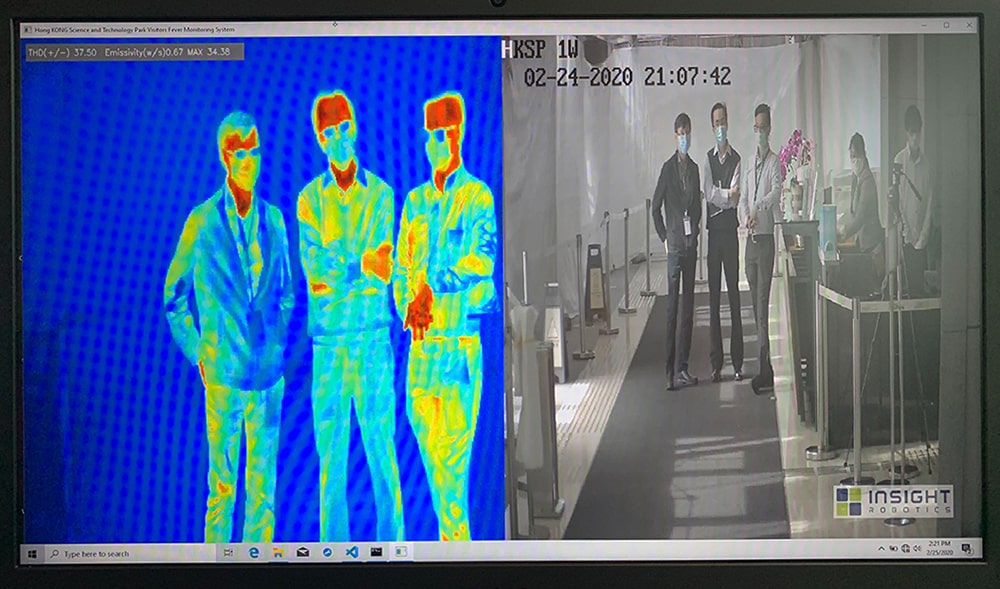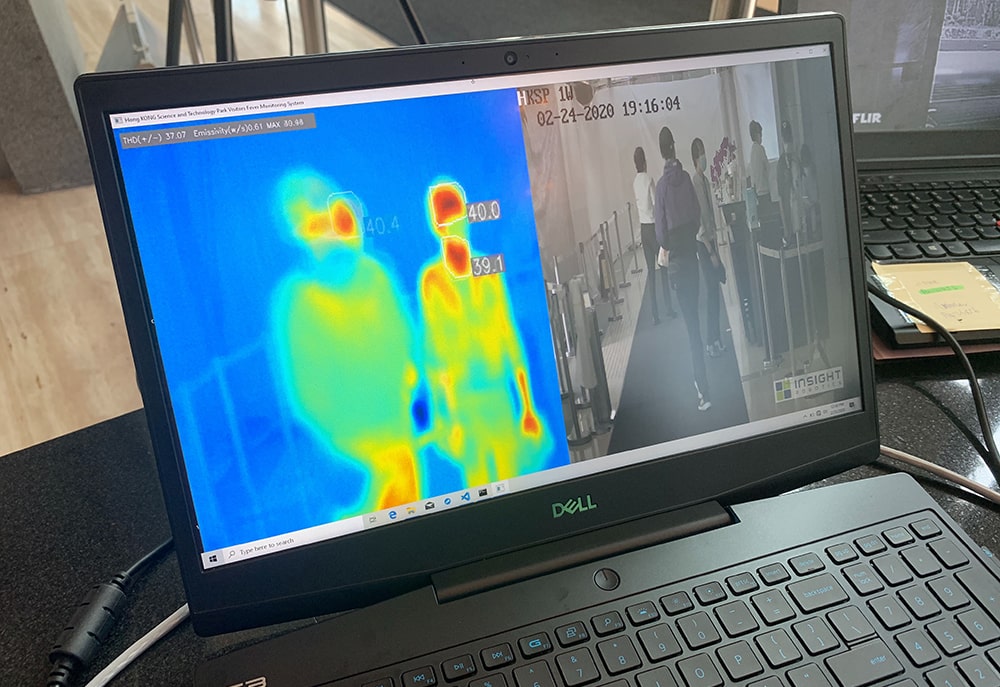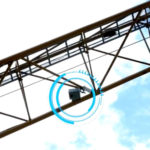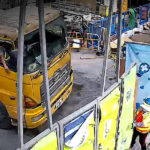At the end of 2019, a novel coronavirus was identified due to the cause of a cluster of pneumonia cases in Wuhan, China. It spread rapidly and caused an epidemic throughout China, with sporadic cases reported globally. On February 12, 2020, the World Health Organization (WHO) has renamed the 2019 novel coronavirus as COVID-19. With the growing threat of the COVID-19, different countries have stepped up efforts in monitoring and controlling the spread of the virus.
It is confirmed that the onset of fever is one of the major symptoms of COVID-19, which may appear in as few as 2 days or as long as 14 days after exposure. Hence, in order to fight the spread of the coronavirus outbreak, it is critical to perform accurate and large-scale temperature screening at speed in crowded areas, such as immigration control points, shopping malls, entrances and exits of public transports, office buildings, and even an outdoor environment, etc.
New AI-powered system for forehead temperature screening and detection
We believe that artificial intelligence (AI) can help by improving accuracy, speed, and reducing manpower compared to traditional screening methods. We have developed an AI-powered temperature screening solution for our business partner – Insight Robotics, that is able to screen and identify those having or showing symptoms of fever.
Our solution is to deploy a thermal camera on a given location and continuously run our trained detection model on the thermal image feed of passing-by people. Anyone who shows up in the thermal camera will be screened. By utilizing AI, the system is able to remove false alarms caused by non-human hot objects (e.g. vehicles), only identify humans by recognizing human facial features from thermal images to measure the forehead temperature, including walking individuals wearing spectacles, surgical masks, and hats.

Unlike the traditional temperature screening system used at many immigration control points, our solution can spot multiple fever suspects, instead of spotting only the object/person with the highest temperature. Once a febrile person is detected, our system will record an image from both thermal and visible camera, and generates an alert to the staff concerned.

With this automated AI solution, our system can run 24/7 and allows one operator to monitor multiple cameras simultaneously, greatly reducing the manpower and time for manual monitoring. Since AI detection is objective, it also eliminates the possibility of scanning fatigue and misjudgment from a human perspective.
Through this project, we tackle UN SDG 3 to ensure healthy lives. By deploying this advanced AI-powered temperature screening solution, less time will be taken to conduct manual screening and it also reduces the exposure risks to viruses of frontline medical staff and control the coronavirus from spreading.










